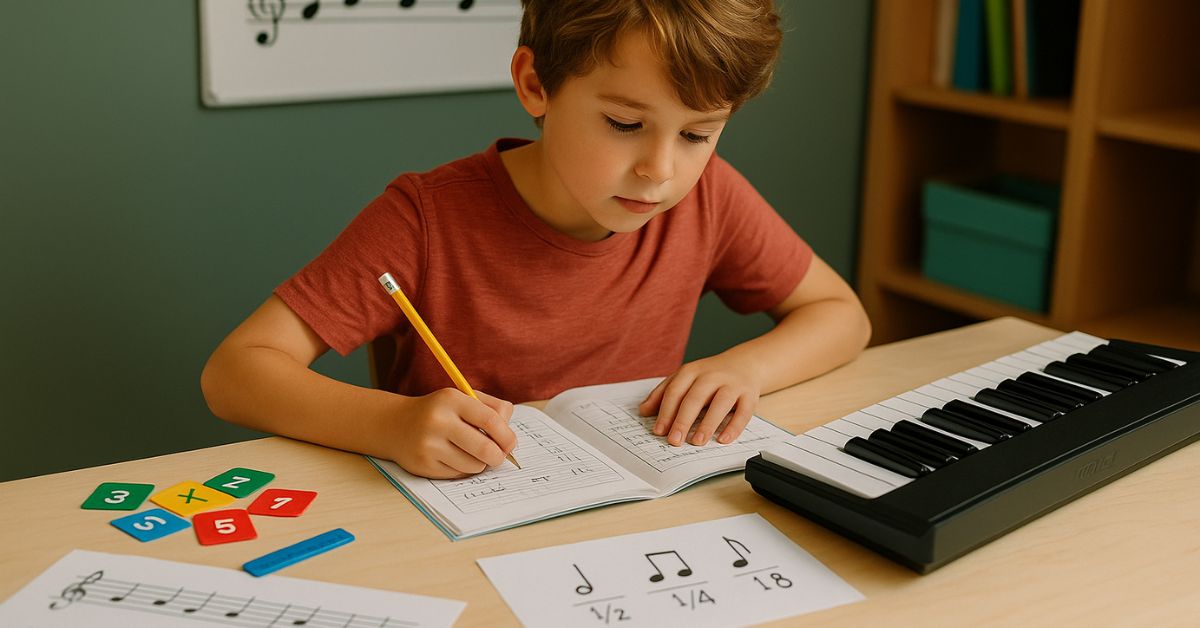Teaching world cultures through art offers homeschool families an exciting way to foster creativity while introducing children to global perspectives. By combining hands-on projects with musical exploration, parents can create dynamic, immersive learning experiences. These activities not only teach geography and history but also nurture an appreciation for cultural diversity. Below are practical ideas and […]











